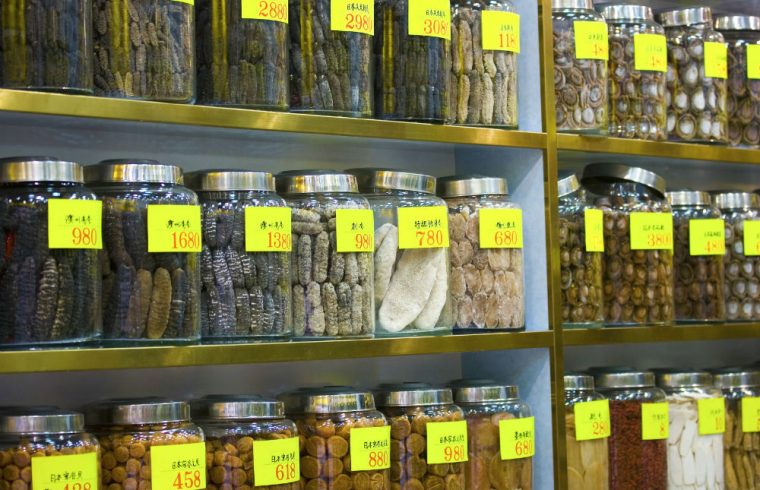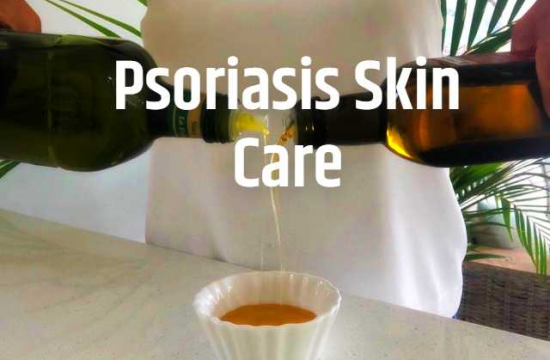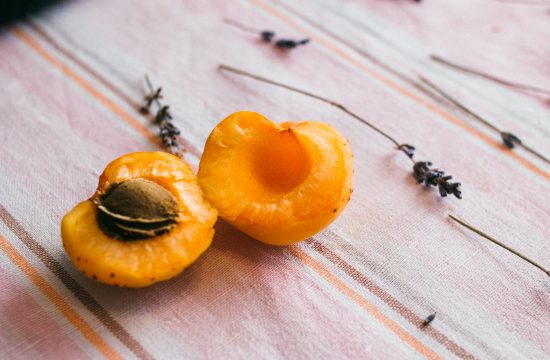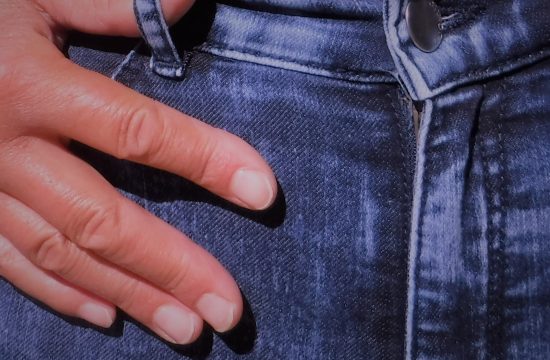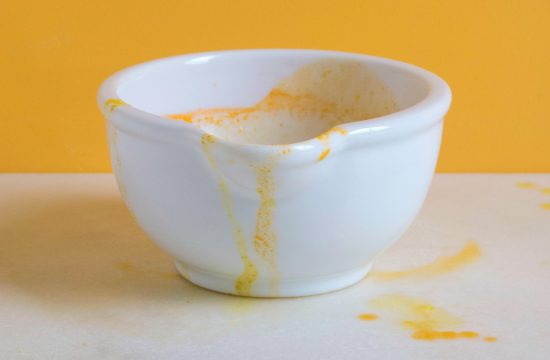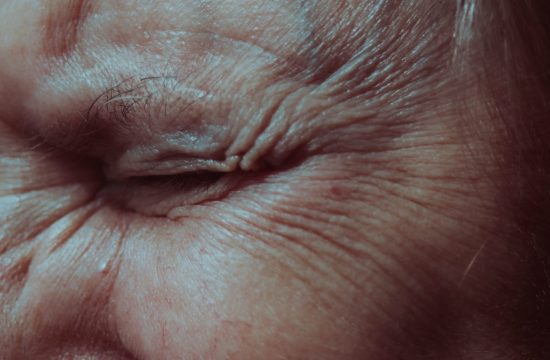Traditional Chinese medicine (TCM) has long viewed psoriasis as a disease of the blood where blood heat, dampness heat, blood dryness and blood stasis played important roles. In the ancient books of TCM for the psoriasis-like diseases, the origin of disease was thought to be the external evils invading and battling in human blood. As recorded in the ancient book Zhu Bing Yuan Hou Lun “Blood dryness symptom, caused by all evils, pathogenic wind and dampness attacking and stalling between skin and fascia, together with evil cold, defeated positive Qi of the blood” [1]. After 1949, a number of experts, such as Dr. Bing-nan Zhao, Ren-kang Zhu and Qi-fengJin, advocated “treatment of psoriasis from the blood aspect”.
Tradiditional treatment of psoriasis from the blood aspect
“Treatment from blood aspect” is the principal diagnosis system of psoriasis. While several TCM opinions vary, all the methods are beneficial supplements to the “treatment from blood aspect”.
Zhu [2] first proposed that the treatment of psoriasis should be based on the principle “Treatment from blood aspect, combined with other ways”, and advocated that the differentiation of psoriasis should combine with other syndrome differentiation systems, such as expelling wind and detoxification.
Jin [3] stated the pathogenesis of psoriasis should be mainly divided into four aspects, including invasion of exogenous pathogenic factors, entrance of heat into the blood phase, obstruction of heat-toxins on the collaterals and Yin deficiency and blood dryness. Therefore, the syndrome falls into four categories: blood heat, dampness heat, blood dryness and blood stasis.
Zhang [4] suggested that except for blood heat, blood dryness and blood stasis, there were still dampness heat and heat-toxin syndromes. The former one usually occurred in exudation type of psoriasis, and latter one was caused by acute tonsillitis or upper respiratory tract infection.
Xu [5] reported the aeropathic factors were the invasion of pathogenic wind, cold, dampness, heat and dryness, and the intrinsic factors were congenital blood heat, improper diet and emotional hurt. In the early stages, blood symptoms such as blood heat, blood dryness and blood stasis were the main clinical manifestations. However, after a long disease course, the function of Zang and Fu declined, among them, and the liver and kidney showed the most prominent damage.
Ma [6] thought psoriasis was caused by blood stasis and heat-toxin. Cooling-Blood and detoxification should be used in the early onset, and after a long duration, promoting-blood circulation and detoxification was available.
Moving from oral to topical treatments
Most current TCM drugs approved by China Food and Drug Administration (CFDA) are oral. In the 34 approved psoriasis drugs, the majority of them were orally administered two or three times per day. However, from 2004 to June 2012, the National Adverse Drug Reaction Monitoring Center has revealed 344 cases that appeared to have adverse reactions in that digestive system, skin and its affiliated glands, and the nervous system after being treated with systemic administered prescriptions, and 23 severe cases involved medicinal liver damage and gastrointestinal bleeding. Compared to these systemic preparations, those for topical use showed less adverse events including hotness, redness, dryness or itching on the administered skin, which are usually reversible or self-healing.
The development of new small molecule drugs based on pure ingredients extracted from Chinese herbs is being explored as topical therapy. This aims to reduce therapeutic costs and improve safety for psoriatic patients.
These potential treatments are:
- Curcumin, which is an active constituent in Curcuma longa L., has been developed into various kinds of formulations due to its inhibition of several inflammatory enzymes and its anti-psoriatic action.
- Fufangezhu Oil Cream and ethanolic extract of ‘Ezhu’ were both applied in animal tests and showed effectiveness against psoriatic lesions.
- Tumeric Oil topical nanoemulsion was successfully used in animal experiments and was found to have high potential to treat psoriasis.
- Indirubin, the active component of Indigo naturalis (Qingdai), significantly reduced the psoriatic lesions in mice. It could suppress infiltration of inflammatory cells, proliferation of epidermal cells and expression of pre-inflammatory factors.
- Paeoniflorin, the active component of Paeonia lactiflora Pall. (Shaoyao), can significantly alleviate psoriatic lesions in laboratory animals and inhibit the infiltration of inflammatory cells as well as the proliferation and differentiation of epidermal cells.
- Arnebiae Radix (Zicao), a blood-regulating herb, has shown to suppress psoriasis-activated dendritic cells and inhibit inflammation.
The current most effective drug to treat, but not cure, psoriasis is biologics, but their cost to adverse health and financial is too high to be used for long term treatment. As an alternative to chemical and biological treatments, traditional Chinese medicine and their active extracts are much cheaper with fewer adverse reactions, which is more suitable for the treatment of less severe psoriasis. Therefore, the topical use of Chinese medicine or their small-molecule extractions for the treatment of psoriasis is a potentially promising new area for future exploration.
Onward and upward for traditional medicine embracing modern technologies.
References
[1]. Chao Y. General treatise on the cause and symptoms of diseases. Beijing: People’s Medical Publishing House; 1955.
[2].
Song P, Li B. Sharing the methods of “Treated form blood differentiation”—experiences
of Renkang Zhu in treating psoriasis. Chin J Tradit Chin west Med. 2004;01:1–2.
[3]. Qifeng Jin DZ. Dermatology of TCM. Beijing: Beijing China Medical Science
and Technology Press; 2001.
[4]. Wang P, Zhang P, Deng B, Sun L. TCM syndrome differentiation and psoriasis
treatment of Zhili Zhang. Chin J Tradit Chin West Med. 2004;04:191–3.
[5]. Xu Y. Dermatology TCM diagnosis and treatment. Beijing: People’s Medical
Publishing House; 1997.
[6]. Ma S, Li Y. Report of 312 cases of psoriasis treated by syndrome differentiation.
Hunan Guiding J TCMP. 1999;07:21.


